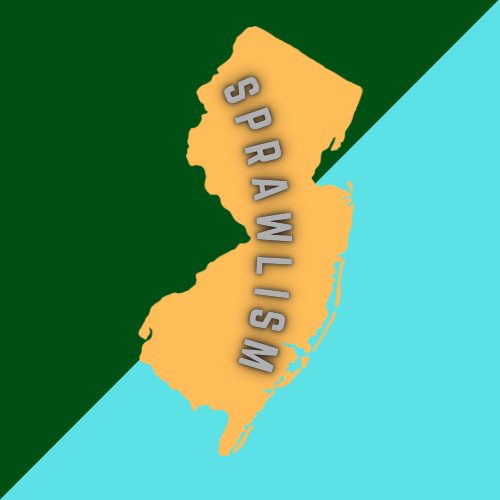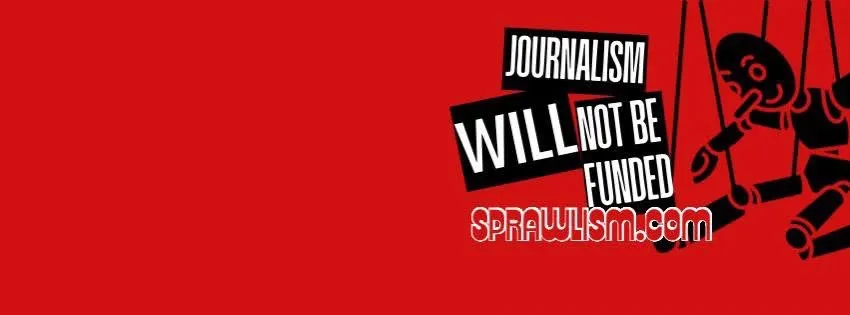A curious outrage circulates within the nonprofit and solutions journalism sectors: the revelation that influencers are paid by hegemonic interests to narrow public discourse to a range of topics deemed to have pragmatic, palatable solutions. The indignation is palpable, but it rings hollow. It is a classic case of repudiation in another what we accept in ourselves. For what is the function of much solutions-based storytelling if not this very practice? To work within these fields is often to operate within a predetermined framework, one that prizes pragmatic solutions over critical problem-setting.
This constrained practice of solutionism, when conducted by actors of similar class and access, can indeed “move things along.” But the project of solutions journalism reveals itself to be deeply racialized—a term denoting not merely diversity of subjects, but a process of dehumanization. It is a pedagogy presented to audiences presumed to lack the capacity for critical thought or the luxury of abstract contemplation. It is, in essence, a media form imposed by power upon the groups it seeks to manage.
The intellectual genealogy of this approach can be traced to pernicious theories of literacy like the infamous “Johnny Can’t Read” study, which pathologized Black communities and argued for “realistic,” utilitarian stories over the complex humanity of fiction. This logic filtered into the machinery of racial capitalism, shaping how nonprofits are compelled to frame narratives about Black life to secure funding. The stories demanded are specific: stories of struggle, often caricatured; stories of redemption contingent on good behavior.
As Hannah Arendt observed in The Origins of Totalitarianism:
Before mass leaders seize the power to fit reality to their lies, their propaganda is marked by its extreme contempt for facts…”
This contempt permeates the more subtle propaganda of the nonprofit-industrial complex, which demands a storytelling lens that aligns with funders’ objectives. The solution must be measurable, and too often, that metric points directly to a board member’s pet project. This symbiotic relationship between nonprofits and neoliberal fixes is no accident. And since grant-making requires community outreach, hegemony naturally asked: Why not bring journalism into the party? Thus, “Solutions Journalism” emerges not as a practice of inquiry, but as a mechanism of social justice capture—using the veneer of reporting to validate solutions proposed by power.
This model is fundamentally antagonistic to the critical function of journalism. Journalism cannot be forced into the rigid, pseudo-scientific structure of the Toulmin model (claim, data, warrant, rebuttal), which seeks a conclusive argument. The foundational Who, What, When, Where, and Why of reporting is an open-ended investigation; its purpose is to add to public critical thinking, not to deliver a pre-packaged answer. Solutions journalism inverts this. Its entire point is to limit discussion to topics with solutions the wealthy unilaterally deem best.
The “solution-first” framing forcibly reorders discourse:
1. It suppresses a pure problem statement, foreclosing discovery.
2. Its claim must be a “solution proposal,” not a neutral observation.
3. Its grounds become only the evidence supporting that solution, ignoring a full range of facts.
4. Its warrant is an assumed, unquestionable premise: that the only valuable speech is immediately actionable.
5. Counterarguments are framed not as complexities of the problem, but as failures of the proposed solution.
The effects are pernicious. It silences legitimate concerns that lack quick fixes, creates a bias toward superficial “band-aid” remedies, unfairly shifts the burden of proof onto the critic, narrows the range of perspectives to only those with “expert” solutions, and encourages premature closure on complex issues.
The outrage at “solutions influencing” should serve as a moment of reckoning for practitioners of solutions journalism. It is a call to recognize their own complicity in crafting narratives for the party line—the party line of neoliberalism. True journalism, and true advocacy, must resist the tyranny of the solution and reclaim the right to sit with the problem, in all its unmanageable, critical, and human depth.


